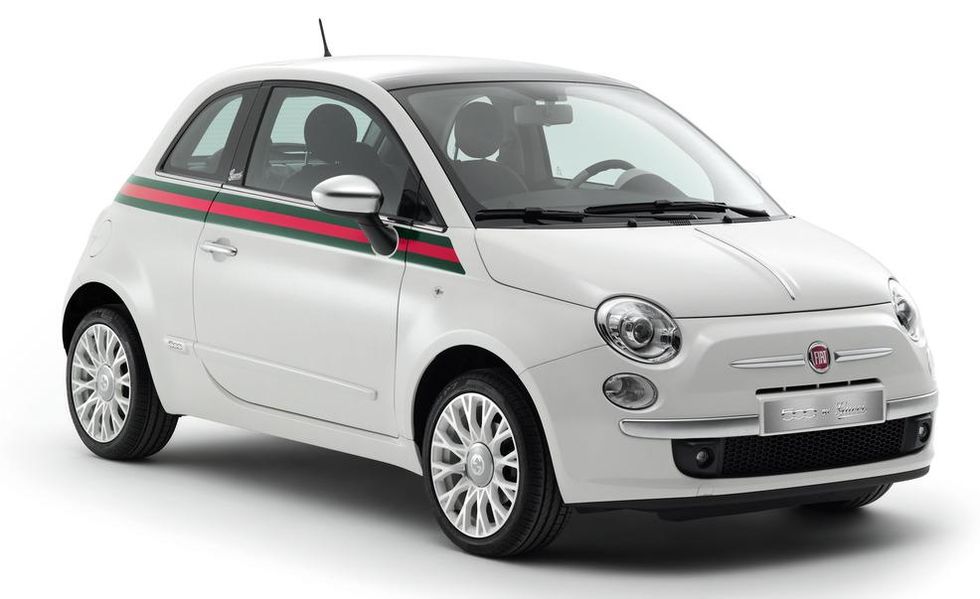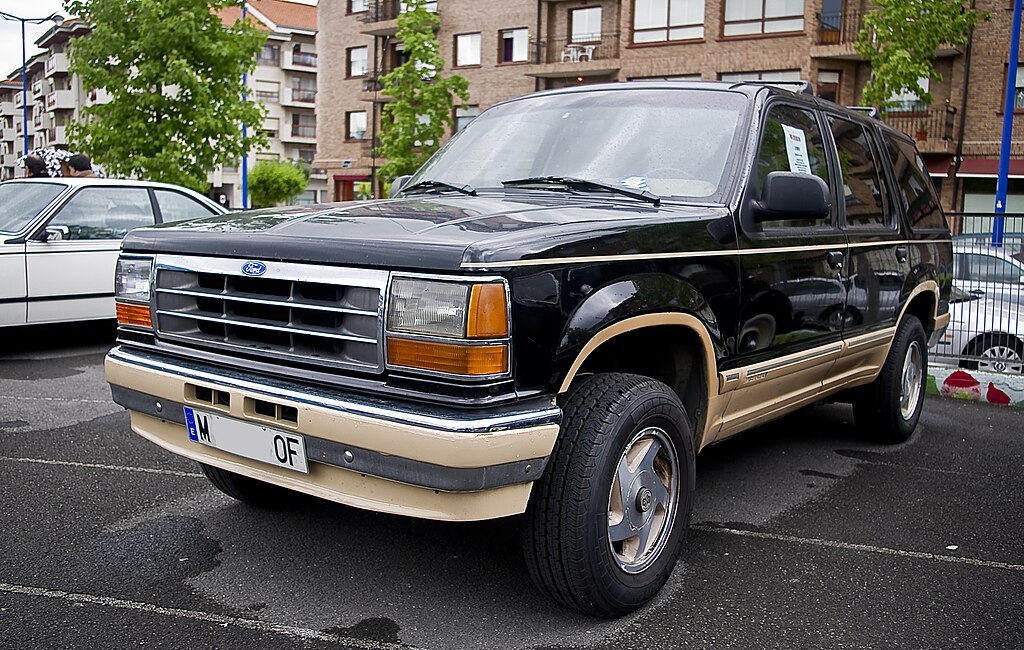
In a world dominated by aerodynamics and the endless pursuit of high fuel economy, I find myself at home within the confines of “land yachts.” A land yacht best describes the cars of the pre-oil crisis 1970s US market, the automotive world’s best examples of sheer excess and consumption. Drivers of these pavement behemoths would find themselves nestled in cocoons of leather, crushed velour, and oodles of fake woodgrain, spanning dashboards that would rival computers of the era in size. As if these cars’ defiant existence in a time when downsizing was taking hold is not enough to cement them into the halls of history, their designs should be more than enough to convince you. As a prime example of this, let me introduce to you to Lincoln’s “Designer Series.”

If you were a particularly well-to-do customer in the 1970s and you were shopping for a car to properly parade your pedigree amidst the peasants, you would be wise to look to Lincoln or Cadillac. Lincoln’s “Continental” series of cars rivalled and later surpassed Cadillac’s sales of their flagship “Eldorado,” and Lincoln was more than happy to maintain that position.
In 1976, they appealed to the fashion-forward slice of their customer base by inviting four big-name fashion designers of the era – Bill Blass, Emilio Pucci, Cartier, and Hubert de Givenchy to lend their touch to the Mark IV, Mark V, Mark VI, and Mark VII Continentals. Changes included different color schemes that carried into the interior upholstery, pinstriping, the corresponding designer’s signature on the rear opera window, and a 22-karat gold-plated dashboard plaque which could be engraved with the owner’s name. Some of the colors had equally as gaudy names, such as the Bill Blass “Midnight Cordovan” paired with a “Light Champagne Valino grain” vinyl roof. These combinations changed with each model year to keep things fresh and snazzy.

Lincoln was by no means the first automaker to dabble in fashion-oriented cars in the 1970s though. From 1972 to 1973, AMC made 4,152 Javelins in conjunction with fashion designer Pierre Cardin. The design featured pleated red, plum, white, and silver stripes from the front seats, up the doors, onto the headliner, and down to the rear seats. The exterior could also be finished in a perfectly plum paint job with Cardin’s crest gracing the front fenders. That’s one hell of a color combination.



Flickr/Alden Jewell
1973 also saw the introduction of the AMC Gremlin/Hornet Levi’s Edition, featuring denim-like upholstery with removable map pockets, burnished copper denim rivets, and red Levi’s logo tabs. Wanted to go off-road in jeans but realized that wearing them during hiking is not a great idea? You could instead opt for the Jeep CJ/5 Levi’s Edition as well!
While modern designer X automobile collaborations are scarce and often limited to single-digit production numbers (see Bugatti and Hermes), I can think of at least three examples that give me a sliver of hope in modern automotive design departments. The Maserati Quattroporte Ermenegildo Zegna Limited Edition featured a one-off paint job and a fine silk and leather Zegna interior, inspired by some of the Italian firm’s own clothing designs.


Images courtesy of Maserati
Fiat also threw their hat into the proverbial ring with the Fiat 500 by Gucci. Created to celebrate 150 years since the unification of Italy and Gucci’s 90th anniversary, this little 500 was customized by Gucci Creative Director Frida Giannini in partnership with Fiat’s Centro Stile and was available in either black or white with custom wheels and a red and green stripe around the car. The black version has detailing in metallic chrome over a black and white interior while the white version has satin chrome over an ivory and black interior. Versions with the 1.4 L engine include rear brake calipers in Gucci green.


The cabriolet version, called 500C by Gucci, could be ordered in white with matte chrome-plated accents or gloss black with shiny chrome-plated accents, a black soft top with the green-red-green Gucci web pattern, 16-inch alloy wheels, and two-tone Frau leather seats with Guccissima print. A convertible was also released in August 2011.

And of course, I couldn’t end this article without mentioning the famous Eddie Bauer Ford Broncos and Explorers. Slotted as the highest trim level for either model, these versions showcased two-tone paint schemes, accent stripes, more luxurious interior materials, as well as Eddie Bauer script writing and badges. Who says your SUV can’t play double duty as a country hauler and a classy ride for a night on the town?
The automotive space needs more fun in it, dammit. We’ve started putting far too much effort on electrification and other ways to make cars boring and pedestrian means of locomotion. Sure, 30 mpg is certainly better than the 10 mpg that the Continentals of yore would achieve, but what good is environmental salvation if you can’t also simultaneously flex on the outside world? Now Hyundai, they seem to know a thing or two about making snazzy-looking cars recently. Perhaps our looming Korean overlords can give us a Ralph Lauren-themed Ioniq 5 N. How dope would that be?!

Leave a comment